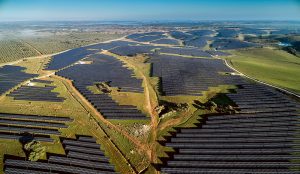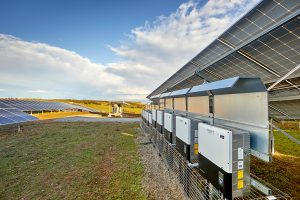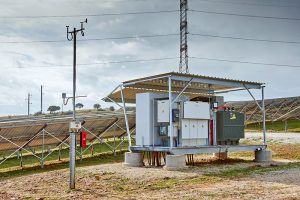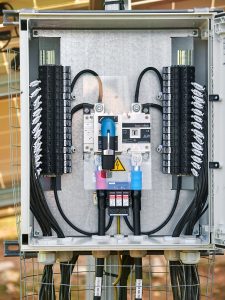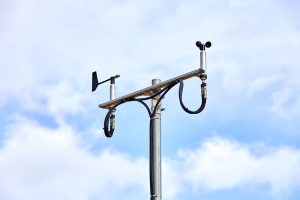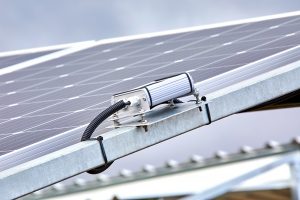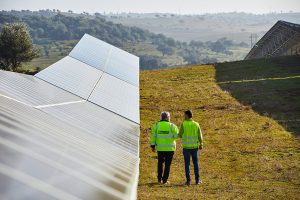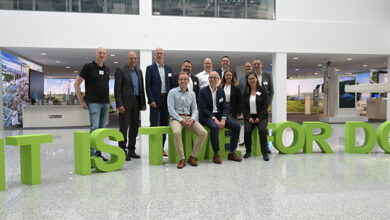Portugal produces more than half of its electricity from renewable energy sources. The southern European country achieves this considerable quota primarily with wind and hydropower. The power of the sun has only been used to a limited extent. Until now …
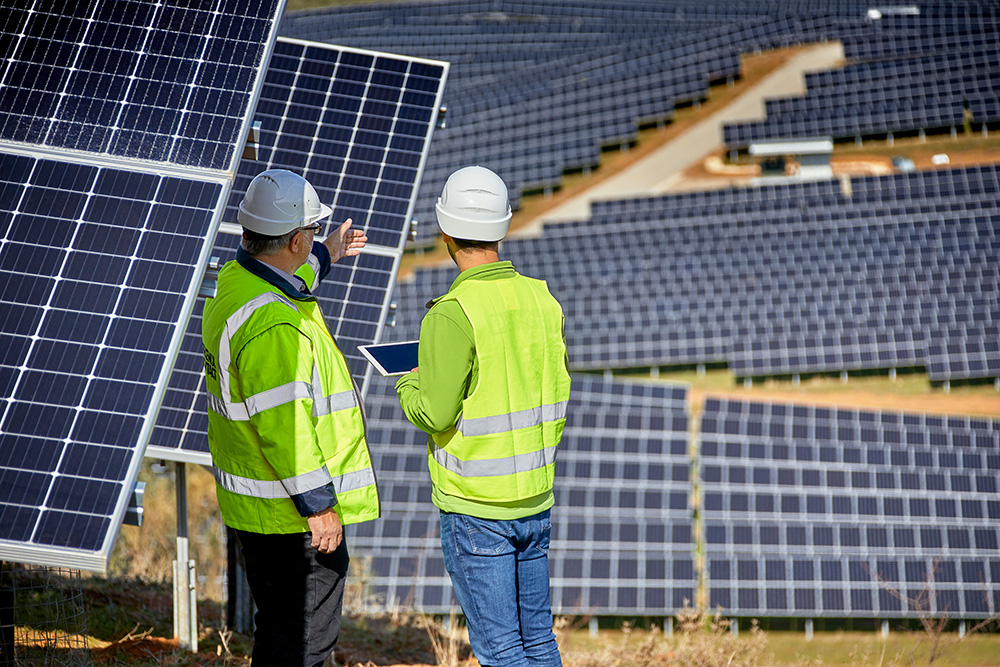
Portugal – for many people this means the beaches of the Algarve and the capital Lisbon. Those interested in history still know that Portugal once ruled a colonial world empire, fans of soccer know Christiano Ronaldo. But who knows the region Alentejo? No wonder, because in this southeastern corner on the border with Spain it is not only mostly deserted, but above all hot and dry. It was once the granary of Portugal, but climate change has long since created other facts here. Prolonged dry spells have contributed to the region’s decline and triggered an ongoing rural exodus of the population. And the town of Badajoz is one of the hottest places in Europe, with a record high of 47.4 °C.
Here, of all places, between ancient cork oaks and gnarled olive groves, a piece of the future has now been created for Portugal. Because instead of bowing to the destructive power of the sky, the power of our central star is being tapped here. And on a large scale. And with a little help from the north. In Moura, a solar park of superlatives went online in mid-June 2021. The solar park has a nominal power of 49.4 MWp and covers an area of 55 hectares. That is enough to supply an average of 14,000 households with electricity each year.
Investment in the future solar park
But Moura is just one of a total of six plants commissioned in 2020 and 2021 alone by the German company Wirtgen Invest Holding. Wirtgen Invest is a purely family-owned company and has its roots in road construction machinery manufacturer Wirtgen. The machine building company has been part of the John Deere Company since 2017, but Wirtgen Invest has remained in family ownership and today sees itself as an investor who thinks and acts for the long term, not only in the field of real estate, but also in the energy sector in particular. And here, the Palatinate-based company invests very consciously in the field of renewable energies.
Portugal is relying heavily on solar power in the future. By 2030, more than nine gigawatts of capacity are to be added to the existing solar power plants. The Moura system alone comprises more than 130,000 PV panels covering an area of around 50 hectares. Together with the neighboring regional photovoltaic systems at Amareleja and Ferreira do Alentejo, as well as the Cartaxo and Santarém plants located north of Lisbon, and the Lagos park, which will be completed in early 2022, this means that more than 325 million kWh of green electricity will now be produced annually in Portugal, supplying more than 80,000 four-person households and saving over 100,000 tons of CO2 per year.
On site, the individual solar parks are managed by WiNRG GmbH from Hamburg. This company is a major player in the renewable energy sector and implements numerous large-scale projects worldwide. WiNRG is responsible for the operation and marketing of the electricity generated. They rely on the project manager EPC Conecon GmbH and the system integrator for the control and monitoring of PV systems, the Zebotec GmbH. This in turn is a licensed system partner of Phoenix Contact and has been working intensively with the Blomberg and Bad Pyrmont specialists from the renewable energy team for a long time.
The guardian of the power station
In Moura, 525 string combiner boxes collect the currents from the 7350 photovoltaics strings supplied by the 130,000 modules. Overvoltage and lightning arresters from Phoenix Contact already provide the necessary protection in the junction boxes. Large solar parks in particular are popular targets for lightning. The protective devices therefore protect the energy parks from costly failures.
From the string combiner boxes, the current continues directly to the same number of inverters. These convert the direct current from the solar panels into alternating voltage. The again is collected by 20 transformer stations, which transform the voltage from 0.4 to 30 kV. The last hurdle before feed-in into the local power grid at the grid connection point is again transformers, which turn 30 kV into the necessary 60 kV.
In order to carry out all these steps in a controlled manner and then still ensure a uniform feed-in to the power grid, numerous measuring devices and controllers are required. The decisive component here is the power generation plant controller (PDC controller), which records the voltage and reactive power present from the various measuring points. If there are deviations from the control value specified by the respective grid operators, the power control unit transmits the measured values to the individual inverters, which can be adjusted if necessary.
Sensitive solar sensor technology
In addition to electricity generation, large solar parks such as Moura generate a lot of data that has to be recorded, processed and evaluated in order to subsequently assess how economically the PV system is running. For this reason, there is a data logger at each of the 20 transformer stations. The devices operate in an automatic detection mode, which is why all the systems installed in the PV park can be connected simply by plug-and-play. The inverter manager integrated into the data logger receives the data from the inverters via Ethernet and transfers it to a small-scale controller from the Axioline product family, which is also integrated. The data from the connected frahling sensors also flows in here.
A total of six weather stations with 14 module temperature sensors, eight pyranometers (sensors for measuring solar radiation), twelve reference cells, two wind direction sensors, two wind speed sensors and two combination sensors for temperature, humidity and air pressure are installed in the Moura solar park. These environmental sensors are directly coupled to the control system. By using the frahling sensors, the system operator can draw conclusions about the performance of his solar system – the so-called Performance Ratio (PR). If the calculated Performance Ratio is too low, he has the possibility to intervene accordingly.
All data from the inverters, frahling sensors, transformers and the switching device are sent via a redundant ring structure by fiber optics cable to a central park controller located in the control room. The power control unit is a combination of an industrial controller, in this case a PLCnext Control, and customized software from Phoenix Contact that records and reconciles the data and forwards it to an asset performance management portal. The specific analyses, warnings and reports resulting from the data subsequently streamline work processes.
Without tree and without shrub

Erwin Breukelman is a technician with heart and soul. And an expert at Phoenix Contact for more than ten years when it comes to connecting and commissioning solar systems worldwide. He was on site at all six solar parks in the overall project and helped to ensure that the solar power providers were commissioned and connected to the grid safely and reliably. The software required for the EZA power control unit and thus the park management was created by specialists at Phoenix Contact in cooperation with solution partner Zebotec.
The 59-year-old trained energy system electronics engineer explains why he was in Portugal several times: “The software is programmed and tested here in Bad Pyrmont according to the requirements of the client, in this case Conecon from Cologne. The software is then installed on site and tested again in the real environment. If a parameter deviates, it is much easier to intervene on site in this project status than via the detour of the development environment in Bad Pyrmont. If problems arise during operation, we can of course also intervene remotely from here.”
Moura presented the well-traveled expert with challenges all its own: “With more than 40 degrees in the shade, you can talk of luck there if you find a shrub and thus a hint of shade with your car on the extensive facility.” On site, Breukelman then logs into the system and, together with the local team, begins the final functional tests.
Solar success story
Portugal’s ambitious plans go beyond just electricity generation. A solar module factory was also built in Moura to supply the modules for the second stage of the expansion. In the future, modules for an output of 24 MW are to be produced here annually to serve the international market.
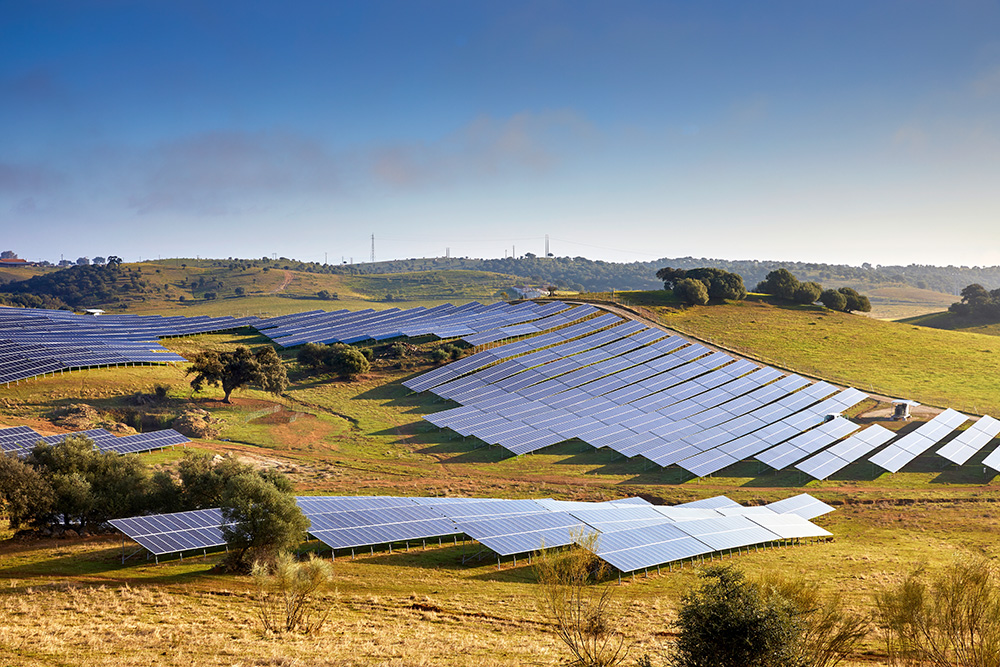
Portugal is thus not only on course to become even more independent of fossil fuels, but is also exploiting the available renewable energy sources even more consistently. And if the country on the Iberian Peninsula has one thing that pleases both vacationers and solar power plants, it is the power of the sun.
